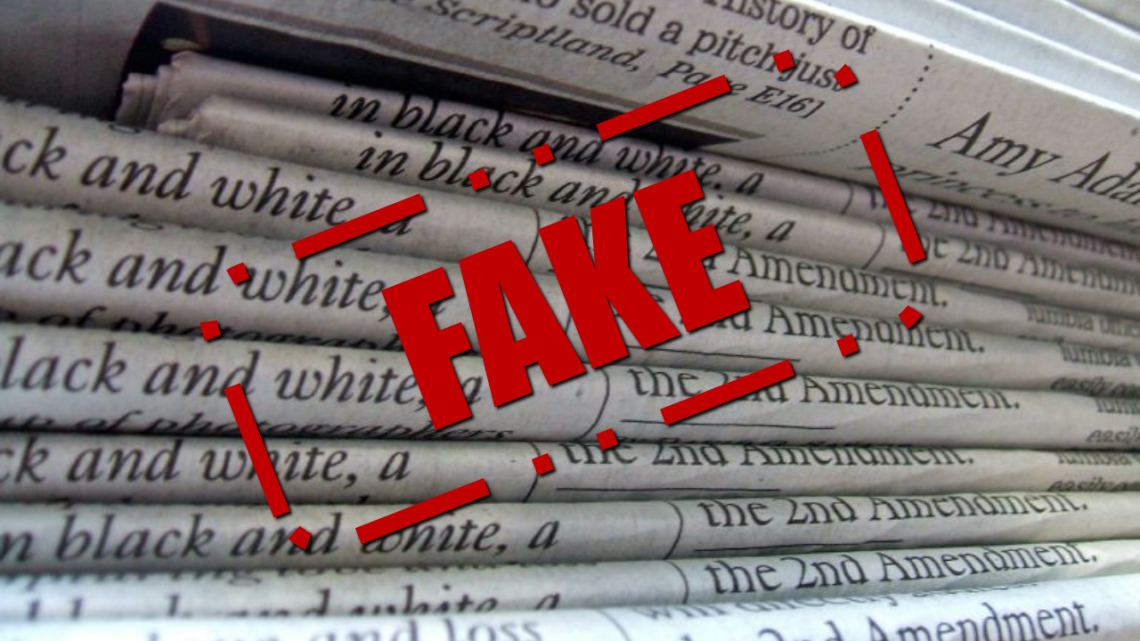We live in an age of “fake news.” Where reports from what was once “the most trusted man in America,” are replaced with stories described as, “fake, but accurate.” As sources of information have multiplied, when even some so-called “fact-checking” sources demonstrate bias, and when the idea of truth has been reduced to “your truth,” and “my truth,” it becomes difficult to sort the wheat from the chaff, the reliable from the unreliable, and yes, truths from untruth.
If we believe the Bible’s warnings that we are living in the end times, then truth becomes even more important. Revelation 13 warns us that a great deceiver will arise in the last days, performing signs and wonders to lead astray the unwary, and Jesus said that if it were possible, even “the very elect” would be misled. How, we wonder, can we be prepared to recognize and resist the final deception?
In John, chapter 8, Jesus said of the devil, “When he lies, he speaks his native language, for he is a liar and the father of lies.” (John 8:44)
Every language has its own grammar and syntax. This becomes most obvious when we try to learn another language, or when we hear someone speaking a second language. For example, the sweet German grandmother that live next door when I was growing up would say things like, “You should around the corner go.” That’s because the German language often puts the verb last. Moviemakers capitalized on this to make the character Yoda, in the Star Wars films, sound wise and foreign. For example, in The Empire Strikes Back, the diminutive Jedi says to Luke Skywalker, “Judge me by my size, do you?”
The Devil’s language of deception also has identifying characteristics. Lies are inherently weak, because they do not conform to reality. So, in order to make the deception stronger, the skilled liar mixes truth and falsehood. Counterfeit currency deceives us, not because it is counterfeit, but because it closely resembles the genuine article. Bank tellers are taught to recognize counterfeit money not by studying all the types of counterfeits there might be, but by learning to recognize the genuine article. They come to recognize the genuine article so thoroughly, that the slightest variations in the counterfeit give it away.
Once these variations are pointed out, most of us are able to recognize the difference. Another way of putting it is that, when we look at the counterfeit, most of us see the features that look like the real thing. We tend not to see those small deviations which would reveal its false nature. As we shall discover, this is a key characteristic of Satan’s deceptions. He wants to make sure that what appears genuine is seen, while that which reveals falsehood remains unseen
Of course, we will not be able to resist the final deception on our own, but will have to rely in faith on God. But learning to have faith involves learning to distinguish between the seen and the unseen. As Paul tells us in Hebrews, “Faith is… the evidence of things not seen.” Another way of putting it is, learning to distinguish between the seen and the unseen is a means of building faith. In the blogs that follow, we will be exploring biblical accounts of the seen and the unseen, so that we can recognize how Satan manipulates us through the seen and the unseen, how to become alert to the unseen, and thus how to build faith in God.








